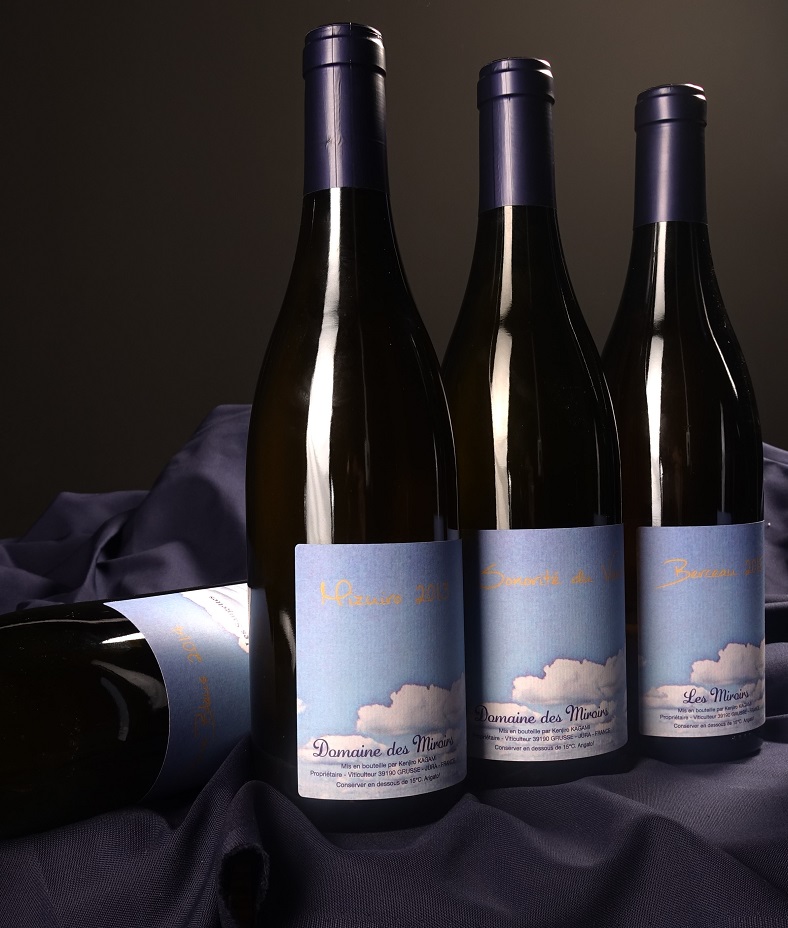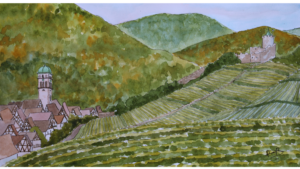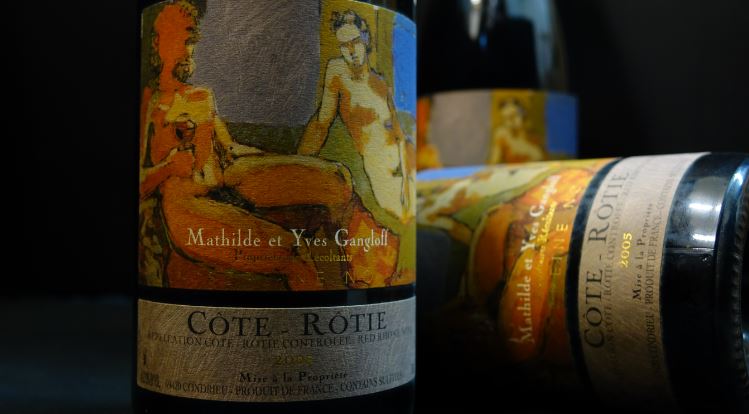
Rarity in Bordeaux
Contrary to the image often attributed to this region, Bordeaux has its fair share of rare wines. As you know, the quest for rarity is a determining factor in many a wine lover’s auction purchases. We’re talking about rarity in all of its guises, including rare formats, only seen occasionally at auction, such as a Jeroboam (5-litre bottle) of Château Ausone 2011. Won for €6,080, up 27% on the iDealwine estimate.
Small vineyard regions, of which production is limited, are also sought after for their rarity. The star of Pomerol, Petrus, saw excellent auction results, especially the 1989, sold for €3,405 (+3%) and the 2015 for €3,283 (+2%), as did Vieux Château Certan, with 6 bottles won by a French enthusiast for €1,873, €312 the bottle (+3%). Excellent rare and mature vintages also did very well at auction: 12 bottles of the 1989 Château Palmer, a Margaux that’s now entirely converted to biodynamics, went under the hammer for €3,629 (€276 the bottle, +10%).
Burgundy: Domaine d’Auvenay, an uncontested myth
In Burgundy, the star of our May auctions is undoubtedly Domaine d’Auvenay. This 3.87-hectare domain, owned by Lalou-Bize Leroy, is made up of two grands crus in the Côte de Nuits and parcels in fine terroirs of the Côte de Beaune. The vineyard is farmed biodynamically, with a microscopic production of 8,000 bottles a year, of which only a small part is sold. Although the domain is renowned above all for its white wines, it was the reds that outperformed in these auctions. The Mazis-Chambertin Grand Cru 2002 was thus won by a Dutch enthusiast for €3,526 (+26%), whereas his Bonnes-Mares 2005 sold for €3,405, up 201% on its initial estimation.
We couldn’t possibly omit Domaine de la Romanée-Conti, THE star of iDealwine auctions, from which two assorted cases sold for €47,181 (for the 2009, +5%) and €37,210 (2011, +9%) respectively.
In the Rhône, the valley of collectable wines
In the Rhône, collectable bottles from domains that no longer exist – and are often shrouded in mystery – take pride of place. An example is domain Gentaz-Dervieux and its 1.2 hectares of sixty-year-old vines in the Côte Brune. Wines from this domain are among the most prized in the world – particularly with Anglo-Saxon customers – especially given that the domain no longer exists. Its Côte Rôtie Côte Brune 1985 went under the hammer for €2,675, up 17% on its estimate.
In Cornas, two bottles of the cuvée C 1988 from Marcel Juge achieved a good result, sold at €1,824, €912 the bottle (+50%). Yet again, the winner of these auction is British, unsurprising as the UK is one of the most important markets for Rhône wines. Joseph Trollat’s Saint-Joseph went for €1,702 for two bottles of the 1999 vintage, €851 the bottle (+40%).
Icons from elsewhere
The leaderboard for champagne highlights an age-old rivalry between the grandes maisons and grower-producers. Last month, bottles from Roederer and its cuvée Cristal were head to head with the wines from Jacques Selosse. Two bottles of his Grand Cru Extra Brut 2002 were won by a Danish enophile for €1,034 (€517 per bottle, +42%). In Denmark again, an enthusiast won a bottle of Selosse’s Exquise NV for €438 (+85%). As regards Roederer, a magnum of Cristal went for just shy of a thousand euros (€912, +25%). The rare cuvée Clos du Mesnil from Krug also achieved good results €1,824 (+6%).
In the Jura, the phenomenon of the moment is undeniably the Domaine des Miroirs. This tiny, 4.2-hectare vineyard was bought in 2011 by Japanese Kenjiro Kagami and produces around 7,000 bottles of top-quality natural wines. The cuvée Ja Nai 2011 was won by a Hong Kong wine lover for €693, up an incredible 536% on its estimate.
Oversees, a cult Californian domain stands out, Sine Qua Non. A bottle of its cuvée The Antagonists 1998 (100% Grenache) was sold for €1,763 (+4%). Again, rarity was a key factor in the success of these auctions. Only 90 cases were ever produced of the cuvée, making it uber rare, especially given the vigneron’s philosophy: as he considers that each vintage gives an entirely unique wine, he gives each cuvée a different name, year in year out. Combined with meticulous, artisanal work in the vineyard, the renown of Sine Qua Non’s and their success at auction is unsurprising.


